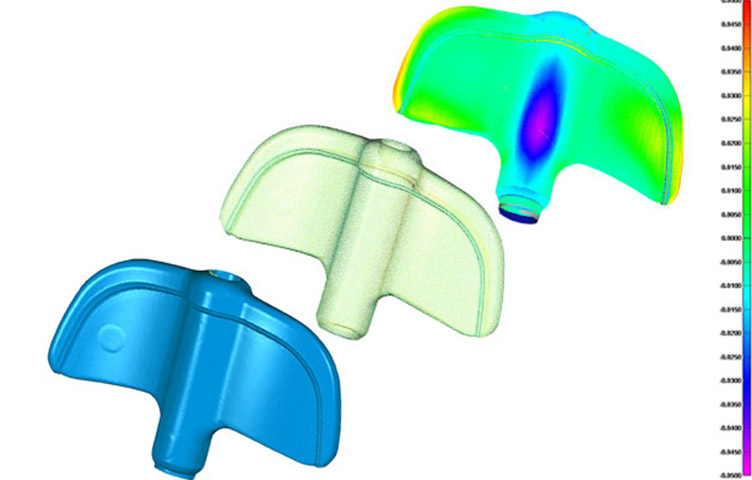Scanning Expertise in Precision Versus Artwork – Does it Matter?

3D scanning technologies have matured to the point where virtually any object can be scanned and converted to an electronic image. With the right equipment, the right software, and some scanning experience, does it matter what type of objects a company scans? After all, much the same base knowledge is required to scan a syringe or an architectural sculpture. Then why should it matter?
Let’s assume we’re talking about the same equipment, the same accuracy, the same post-processing software, and the same modeling capabilities.
The difference in results (and it is tremendous) lies in the foundational experience the engineering group has in your product, the processes by which it was produced, and the next steps you intend to take with the 3D file. This foundational experience is far more important in a precision-manufactured component than in a scan of a human face or a piece of artwork. In fact, those experiences set up the conditions for success in the development of a precision 3D file.
That’s why all of IIA’s scanning investments are aimed at supporting precision manufacturing. In addition, IIA’s team is selected based on industry experience and knowledge – years of tooling design, casting, molding, machining, leak testing, plating, finishing, heat treating, among other manufacturing processes.
Yes, we may occasionally scan a sculpture, but our focus is where accurate 3D scanning has the greatest positive impact – in the development of tomorrow’s precision products.




